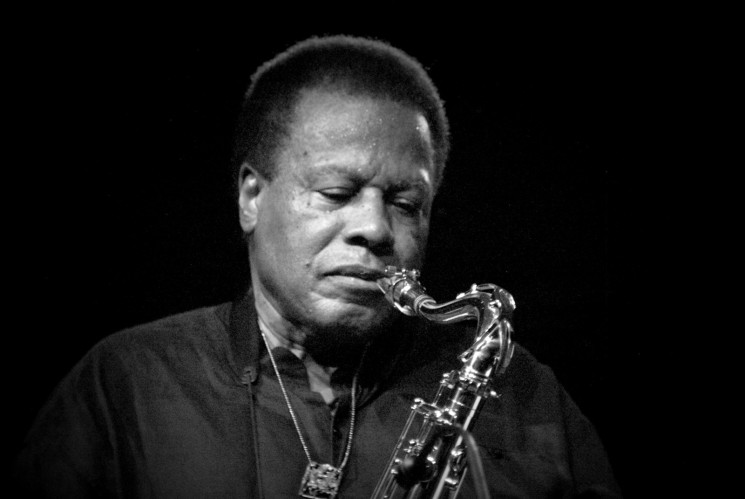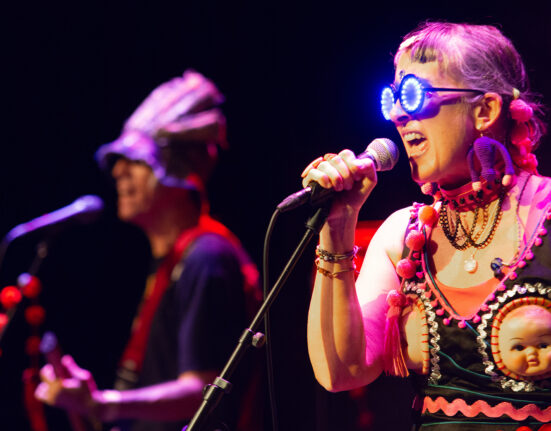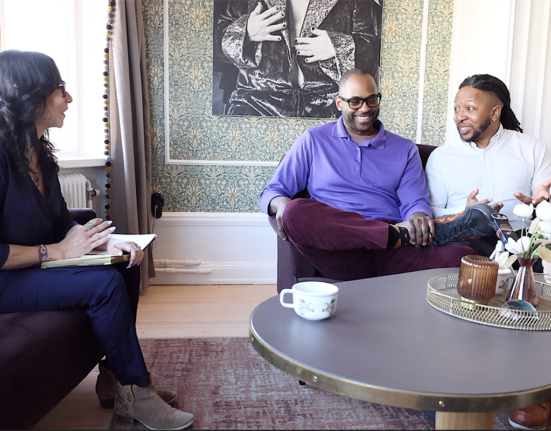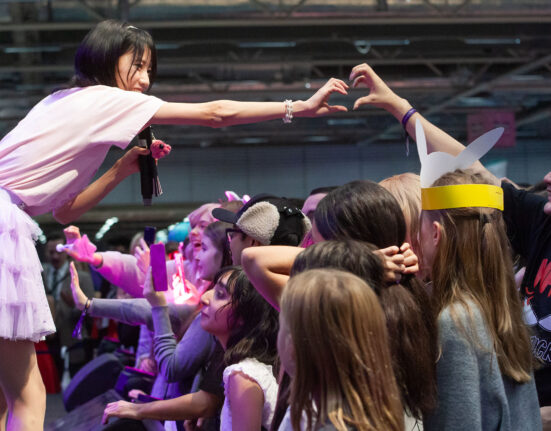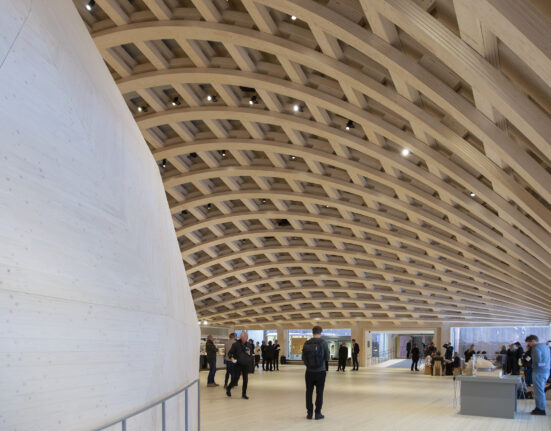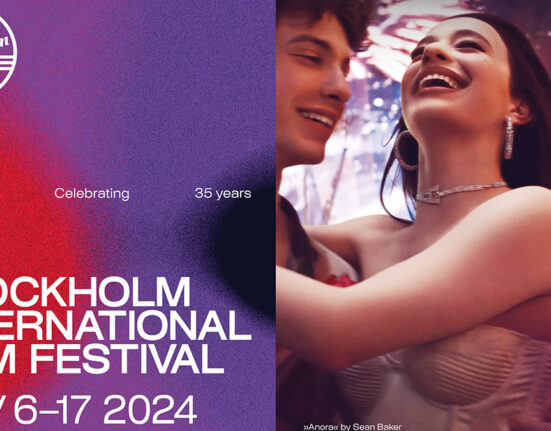Wynton Marsalis once said that jazz is the art of negotiation: A group of people come together and use instruments to have a conversation and it is the negotiation of all their different expressions – madness, joy, pain, sorrow, nonchalance – that makes the music.
So what would the Wayne Shorter Quartet negotiate as the grand finale of the Stockholm Jazz Festival? What kind of conversation would they have? And how would their musical discussion impact the audience?
I wondered these things and more as I settled into my creaky, crimson seat at Stockholm’s sold out and stylish Konserthus. I looked forward to an evening of introspection and improvised music – I was happy to attend the concert alone.
The last bell rang and the doors sealed shut and the instruments waited lonely on stage under a pale, ethereal glow. It was a soothing sight and it made me rest my cheek on my palm and half-smile dreamily. The music was coming and I had a feeling it would be good.
We were informed that the entire concert would be broadcast live by Mezzo, a legendary French television channel for jazz and classical music. So right away we knew that we were about to be a part of something very special, and it generated a collective buzz, even though the name Wayne Shorter itself is enough to set any avid jazz fan’s heart aflutter:
Wayne Shorter, to put it mildly, is a “been there, done that” jazz saxophonist and bandleader.
He was the musical director of Art Blakey’s Jazz Messengers and a member of Miles Davis’ Second Great Quintet. He composed some of the jazz’s most popular standards and was an avid genre-bender, co-founding the fusion group Weather Report and collaborating with the likes of Steely Dan and Joni Mitchell. There is little that Shorter hasn’t done, musically speaking, during his nearly 60-year career, so the ability to see him play live is nothing short of a very special privilege. I could sense that everyone in the audience understood this; indeed, from the moment the lights went low, most people were raptly attentive, many leaning over the balconies in delighted anticipation, very few giving in to the temptation to fiddle with their smartphones.
When Shorter took the stage with Danilo Perez on piano, John Patitucci on bass and Brian Blade on drums, it was a mellow mood that got us. Each musician slowly eased into his own gentle melody and when Shorter himself began to play, it almost seemed as if he was too weak to breathe – like a man at the twilight of his life gearing up for one last big show. But this raspy softness soon gave way to powerful trills and the group took off into wild and frenzied pieces so complicated that I wasn’t always sure I knew what I was hearing – but I knew it was good because the music student next to me would sigh and hum and tap his knee with gusto.
No matter how frantic it got during the 90 minute set, however, the mellowness remained. I believe this is due to Shorter’s presence as bandleader. Ben Ratcliff of the New York Times once said that Shorter was, “probably jazz’s greatest living small-group composer,” but I can imagine that he is also one of jazz’s greatest small-group bandleaders. Shorter was playful and authoritative with the other members of the group: He demanded their attention and respect, but gave them theirs in the form of sly glances, nods of appreciation, coy smiles, and the freedom to embark on long solos that showcased their remarkable musical abilities. Shorter was a safe, stabilizing presence, but he also showed that he could go off on his own and get a little crazy – at times, for example, he simply whistled into the microphone or allowed his saxophone to get so loud that was little could be heard. But Shorter always came back, always seemed to consider it a pleasure to be the glue that held the group together, and truly seemed to enjoy nurturing the talents of the other musicians, letting them shine without an undercurrent of jealousy. The confidence Shorter had in himself and others left me feeling secure – it kept me warm and mellow.
As I walked to the subway through sepia streets glazed with rain, I thought about what I had witnessed that evening. What kind of conversation had the Wayne Shorter Quartet had? To my mind, I had witnessed a conversation between a teacher and students, between a leader and the led – Shorter had shown how to keep a ship sailing while letting everyone be seen, heard and appreciated. Even we in the audience had our chance, as Shorter held his hand over his heart and pointed at us, thanking us profusely without words.
Maybe, I thought cheekily, it takes an artist to show leaders how to lead.







